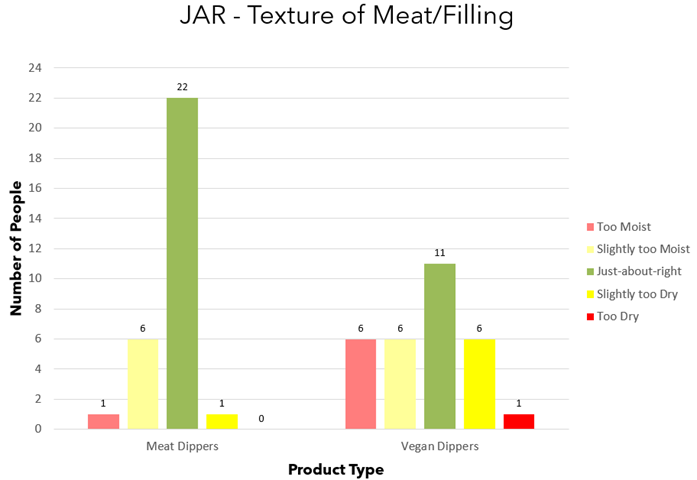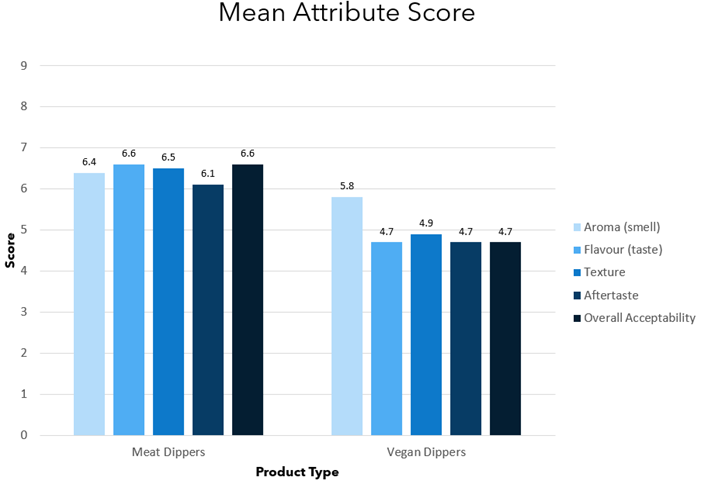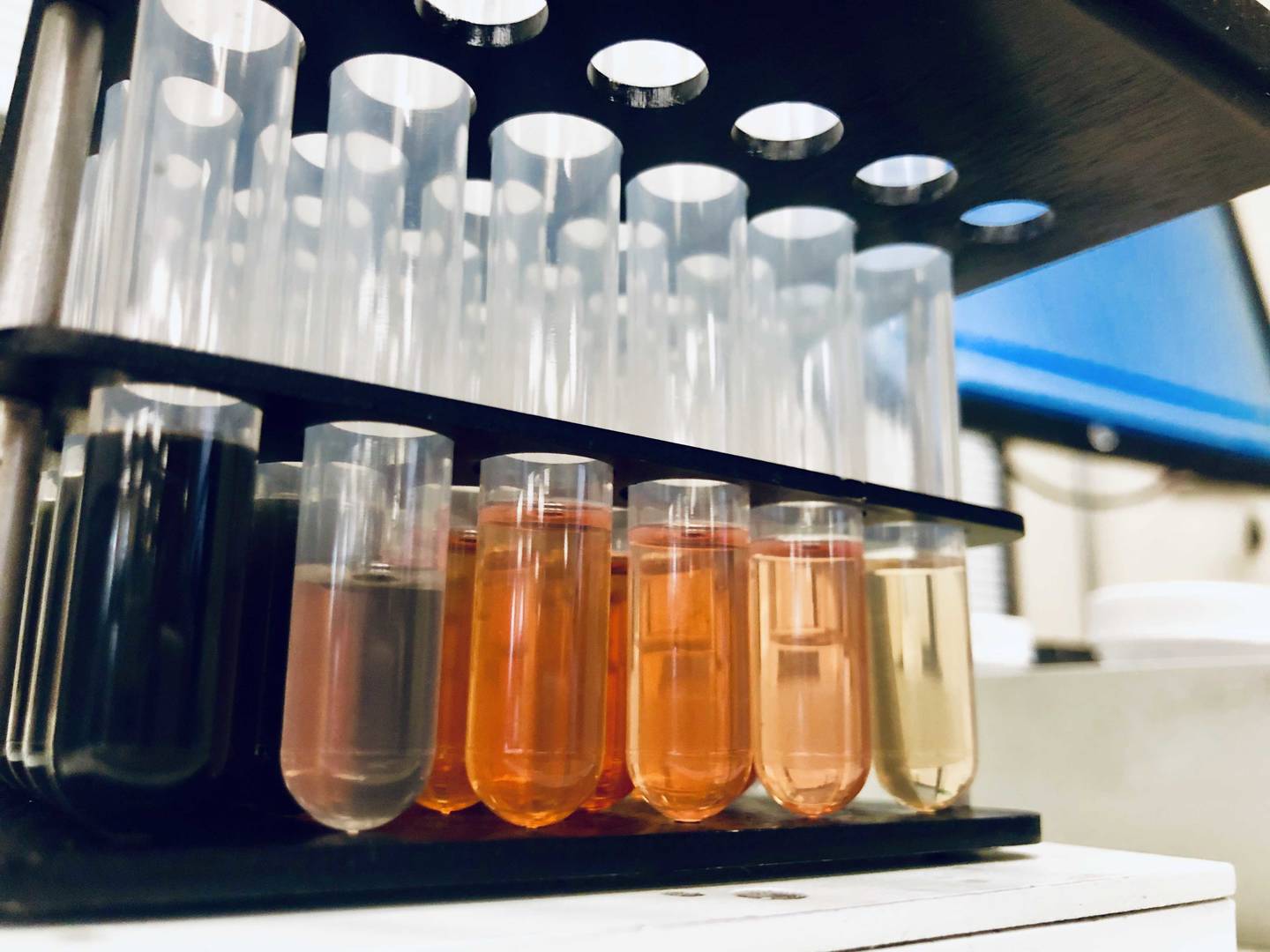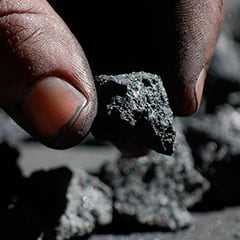Technical Services Article 2 United Kingdom
Consumer preferences - Meat products and their meat free alternatives

In the UK, there is a fast-growing trend of meat alternatives, offering replacement options of the main animal-based proteins with other, generally plant-based, ingredients. We are seeing a significant rise in company investment to offer much more extensive plant-based product lines within retailer outlets. The products cater to various dietary preferences, such as veganism and vegetarianism.
The switch from meat products to meat-alternatives can be influenced by many factors, such as:
- Health Concerns – associations between meat consumption and risk of certain diseases. There has been some evidence of a small increase in risk of cardiovascular disease relating to a higher intake of meat.
- Environmental Concerns - Food production, more so the production of meat, has been argued to be a large contributor to certain environmental impacts. Some consumers believe meat alternatives to be the more sustainable food choice.
- Animal Welfare – Some consumers have ethical views on the production of meat or animal derived products with relation to the welfare of animals in the meat production process.
The purpose of meat alternatives is to replicate the sensory characteristics and nutritional value of meat, using plant-based ingredients. The sensory experience plays a crucial role in consumer preferences, therefore the advantages of using data from consumer tests can assist in product development, whereby manufacturers can understand consumer preferences and can refine their products accordingly. Consumer test data can benefit market success, predictions can be made, and target audiences can be identified.
Objective:
Along with the current, ongoing research within the industry relating to preferences between meat and meat-alternative products, ALS have recently performed a case study to understand what differences there are in sensory attributes, and if the meat alternative has any distinguishable differences to the meat version. In this case study, ALS used a plant-based alternative to a chicken dipper product vs a meat based chicken dipper product.
The visual aim: one of the goals of meat alternatives is to mimic the appearance of its meat version. The colours are important to resemble meat and enhance visual appeal, however, this can prove challenging. Using natural colourants, for example beetroot juice, can give a red meat-like hue.
- The challenges: Plant-based ingredients may not exhibit the same red/brown/paleness or even fat structures of certain meats.
The textural aim: this is essential if consumers are expecting a certain meat texture, for example they may want their chicken to be tender and juicy. The key aspects of meat look at the tenderness, juiciness, chewiness, and the fibrous attributes.
- The challenges: Plant-based proteins (for example soy or wheat) have different textural properties compared to animal muscle fibres. Researchers are looking into the binders, gelation and fibre alignments used to create meat like textures.
The flavour, smell, and aroma aim: creating the savoury smells and aromas associated with cooked meat and replicate this in meat alternatives.
- The challenges: understanding the flavour profile is important as knowing the key compound flavours and food sciences is what builds the mimicked smells. A recent study discovered that fermenting alliums (onions, leaks) with certain fungi can simulate meaty smells. An 18-hour long fermentation of onion with the Polyporus umbellatus produced a meaty smell that is similar to liver sausage.
The taste aim: replicating the meat flavours within the meat alternative product. Similarly, to the previously mentioned study on allium creating a meatier smell, researchers are also exploring these for a meaty taste.
Method:
A group of 36 untrained panellists were recruited for this consumer test. The selection criteria eliminated anyone who does not consume this type of product or who has any allergies from the ingredients lists.
Panellists were given a brief of the study before beginning.
A controlled environment was created with red lighting, reducing visual sensory analysis and mitigating visual bias. This was to enhance the consumers focus on other sensory attributes through smell, taste, and texture.
Panellists were given 1 dipper of each type (meat based/ plant based) at a time. These were labelled with a number from a randomised blinding code. Alongside the sample was a glass of water and water cracker to cleanse the palate between tasting samples. The panellists answered specific questions relating to each sample.
Panellists were then taken to a group discussion room where their preferences were discussed further and then debriefed.
Hedonic Scale: was used to evaluate the overall liking and preference of each product based upon sensory attributes.
JAR (just-about-right) Scale Questions: was used to identify characteristics of the product, for example the moistness of the meat. The data was analysed to compare any differences between the scores for each question.
Descriptive Analysis: was used to provide the quantitative and in-depth qualitative data for the sensory profile of the products.
Results
Graph 1 - Cross-Tabulation of Texture of Meat
JAR graph shows results of how the panellists perceived the meat/meat alternative texture. More panellists found the texture of the real meat dipper to be satisfactory, while reports of the vegan version were ‘too moist’ and ‘too dry’.

Graph 2 - Cross-Tabulation of Strength of ‘Chicken’ flavour
The strength of chicken flavour was mostly satisfactory for the meat dippers, whilst 15 out of 36 panellists reported the strength of chicken flavour as being ‘too weak’ in the vegan version. There was an equal number of both products being ‘slightly too weak’.

Graph 3 - Cross-Tabulation of Strength of 'Chicken' flavour
The overall scores for the meat dippers compared to the vegan dippers were higher. Specifically the overall acceptability was lower for the vegan version.

Panelist's Comments
| Meat Dipper - Positive | Meat Dippers - Negative | Vegan Dippers - Positive | Vegan Dippers - Negative |
|
|
|
|
Conclusion
From the results the ‘overall acceptability’ had a higher score for the meat product compared to the vegan version. Therefore, based on this study, the consumer preference would be to buy the meat version. In addition, the ‘strength of chicken flavour’ and ‘texture’ had a higher JAR score (seen in Graph 1 and 2).
Based on this data we can assume that there is still a little way to go with meat alternatives when it comes to consumer perception, should the person wish to consume a product that directly replicates the meat product. Further designs for meat alternative products with an adequate meat flavour and texture should be explored.
Interestingly, whilst the future of meat alternatives is being continuously researched, with innovative technology the industry is also driving alternative production of meat. Research explores microorganism-based, and animal cell-based alternatives, and even 3D printed meats. However, there are still disadvantages in consumer expectations, some consumers may not want to change or try new products that are not directly from the animal. Food Standards Agency research found one third of UK Consumers are prepared to try meat produced from a lab, but is this enough to make the changes? These types of products may not be considered vegan and are not plant-based, however, will they offer ways to produce food products which may address some of the associated limitations such as animal welfare and environmental factors? The question is also raised as to whether meat based alternatives undergo an increased level of processing, giving rise to potential health concerns that are associated with this.
Contact:
For more information or support on this topic, or if you’d like details on the sensory analysis services offered by ALS Laboratories, please contact our Technical Services Team at Fullsense.UK@ALSGlobal.com
References
- Alessandrini R, Brown MK, Pombo-Rodrigues S, Bhageerutty S, He FJ, MacGregor GA. Nutritional Quality of Plant-Based Meat Products Available in the UK: A Cross-Sectional Survey. Nutrients. 2021; 13(12):4225. https://doi.org/10.3390/nu13124225Chapter 8: Sustainable diets, meat alternatives and genetic technologies. (n.d.). Food Standards Agency. https://www.food.gov.uk/research/chapter-8-sustainable-diets-meat-alternatives-and-genetic-technologies
- Chapter 8: Sustainable diets, meat alternatives and genetic technologies | Food Standards Agency
- Fabienne Michel, Christina Hartmann, Michael Siegrist. Consumers’ associations, perceptions and acceptance of meat and plant-based meat alternatives. https://doi.org/10.1016/j.foodqual.2020.104063
- Felix Stöppelmann, Lap Fei Chan, Jiaqi Liang, Marit Greiß, Ann-Sophie Lehnert, Christopher Pfaff, Thomas Langenberg, Lin Zhu, and Yanyan Zhang. Journal of Agricultural and Food Chemistry 2023 71 (35), 13054-13065. DOI: 10.1021/acs.jafc.3c03153
- Food standards Agency. A third of UK consumers are willing to try lab-grown meat and a quarter would try insects A third of UK consumers are willing to try lab-grown meat and a quarter would try insects | Food Standards Agency. 10 January 2022. DOI: https://doi.org/10.46756/sci.fsa.ncn554
- Food Texture and Viscosity: Concept and Measurement - Malcolm Bourne - Google Books
- Foods | Free Full-Text | Meat Analogues: Relating Structure to Texture and Sensory Perception (mdpi.com)
- Generation of Meaty Aroma from Onion (Allium cepa L.) with Polyporus umbellatus: Fermentation System, Sensory Profile, and Aroma Characterization.Felix Stöppelmann, Lap Fei Chan, Jiaqi Liang, Marit Greiß, Ann-Sophie Lehnert, Christopher Pfaff, Thomas Langenberg, Lin Zhu, and Yanyan Zhang. Generation of Meaty Aroma from Onion (Allium cepa L.) with Polyporus umbellatus: Fermentation System, Sensory Profile, and Aroma Characterization | Journal of Agricultural and Food Chemistry (acs.org)
- Ismail I, Hwang YH, Joo ST. Meat analog as future food: a review. J Anim Sci Technol. 2020 Mar;62(2):111-120. doi: 10.5187/jast.2020.62.2.111. Epub 2020 Mar 31. PMID: 32292920; PMCID: PMC7142285.
- Rojas-Downing, M. M., Nejadhashemi, A. P., Harrigan, T. M., & Woznicki, S. A. (2017). Climate change and livestock: Impacts, adaptation, and mitigation. Climate Risk Management, 16, 145–163. https://doi.org/10.1016/j.crm.2017.02.001
- Zhong VW, Van Horn L, Greenland P, et al. Associations of Processed Meat, Unprocessed Red Meat, Poultry, or Fish Intake With Incident Cardiovascular Disease and All-Cause Mortality. JAMA Intern Med. 2020;180(4):503–512. doi:10.1001/jamainternmed.2019.6969

















































